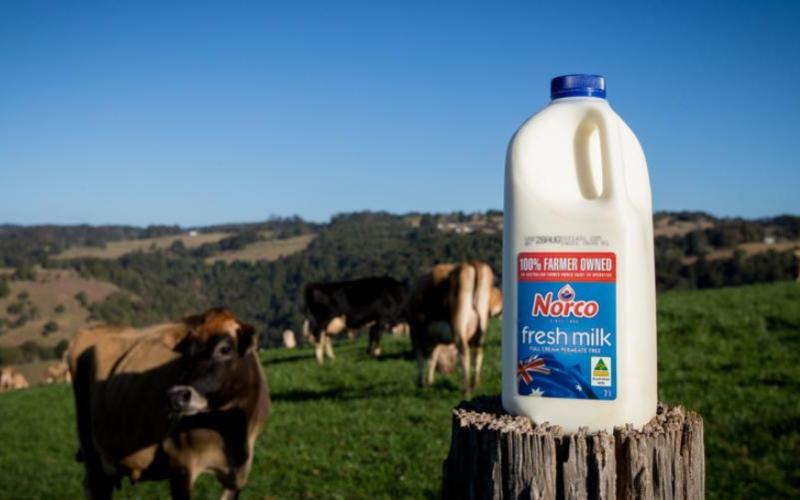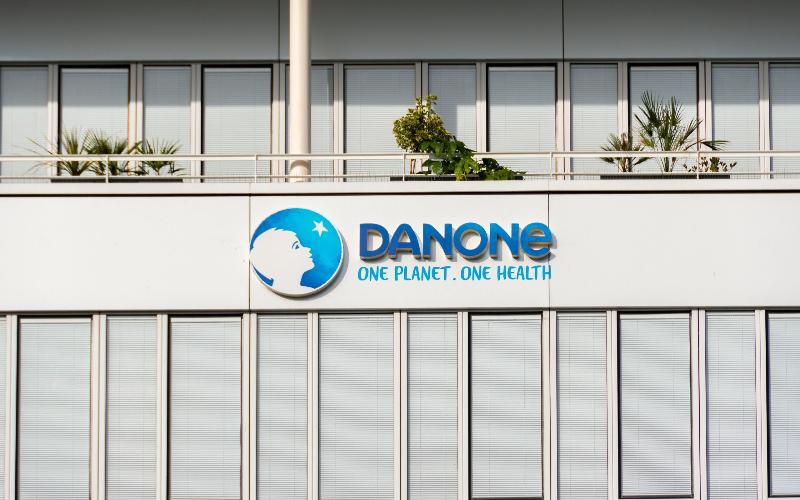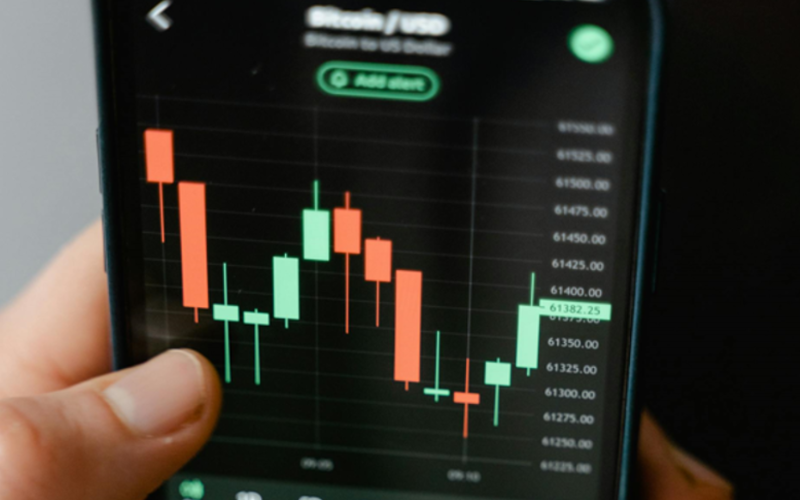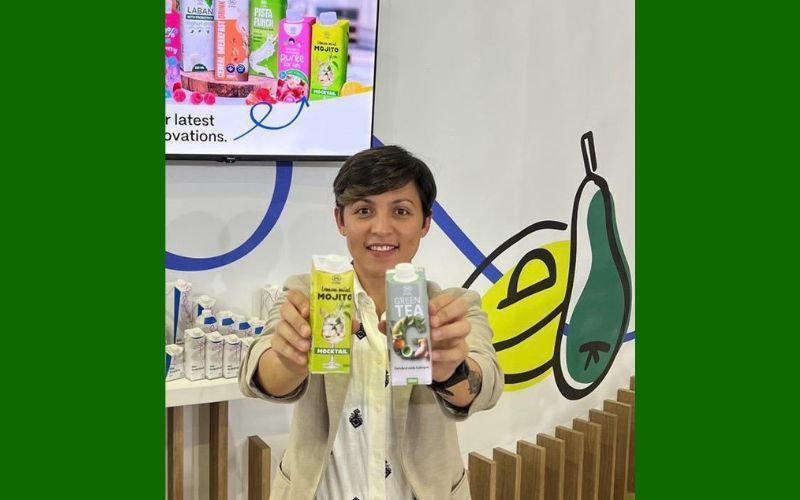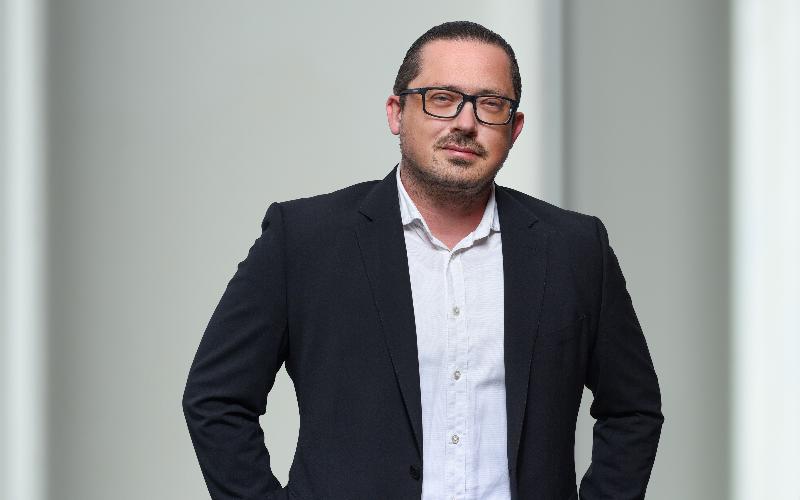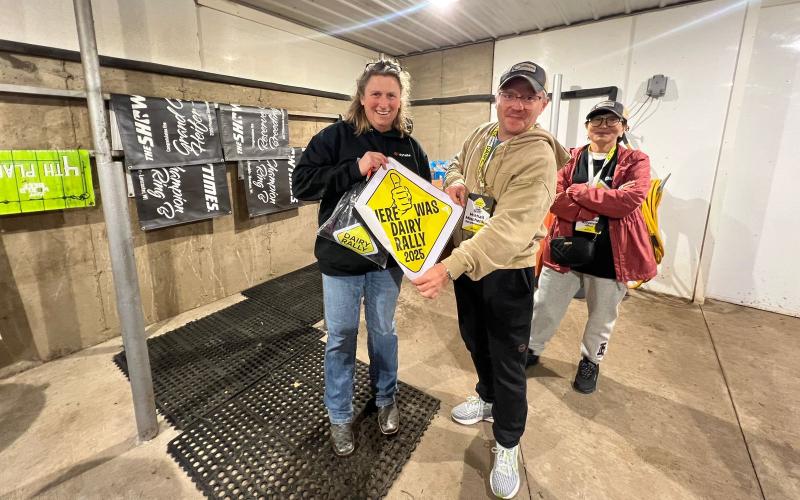Uzbekistan: Ice Cream Market Grows but Remains in a Phase of Technological Transformation
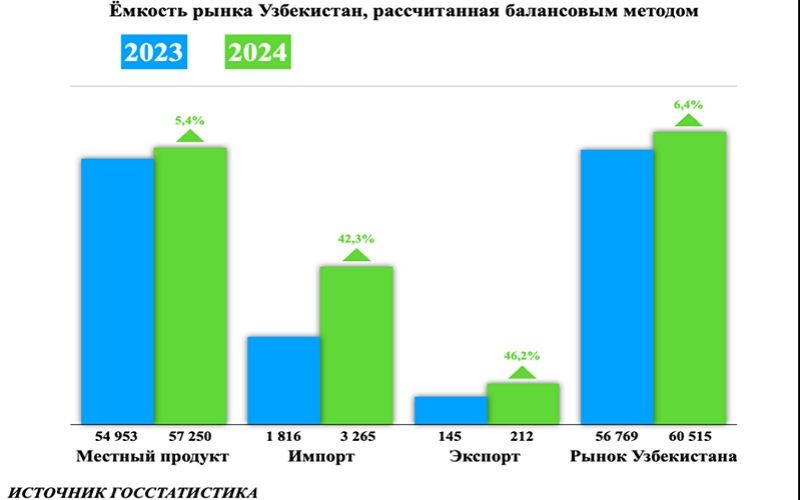
Dokin noted that Uzbekistan’s consumer base in 2024 was 47.86 million people — made up of 37.13 million local residents and 10.7 million tourists. The local population is growing at a relatively high rate. Young consumers are active in the market, showing strong interest in new products, while tourists add extra demand for ice cream.
Imported ice cream is mainly sold through modern trade channels, occupying up to 50% of shelf space in Tashkent’s retail chains, but only 5–6% of the national market. The main import players are four Russian producers, two from Kazakhstan, and the premium EU brand Ferrero, which is available only in Tashkent.
Modern trade accounts for 27% of the retail market in Tashkent, but just 6% in the rest of the country. This creates challenges for distribution and promotion of imported products.
“For many years until 2018, there was a prohibitive import tariff of 180%, and under that protective umbrella, local producers didn’t evolve — they made ice cream that was white and sweet, but not always even creamy,” said Dokin. “In recent years, competition has emerged and local players have improved quality — especially Vazira, Ice&Gold, and Singapour-Samarkand — while the former market leader, Imkon, has lost significant share.”
Ice cream exports from Uzbekistan remain symbolic. Producers struggle with branding and packaging. According to Dokin, initiatives like Ice&Gold opening an office in Moscow have yet to yield meaningful results.


